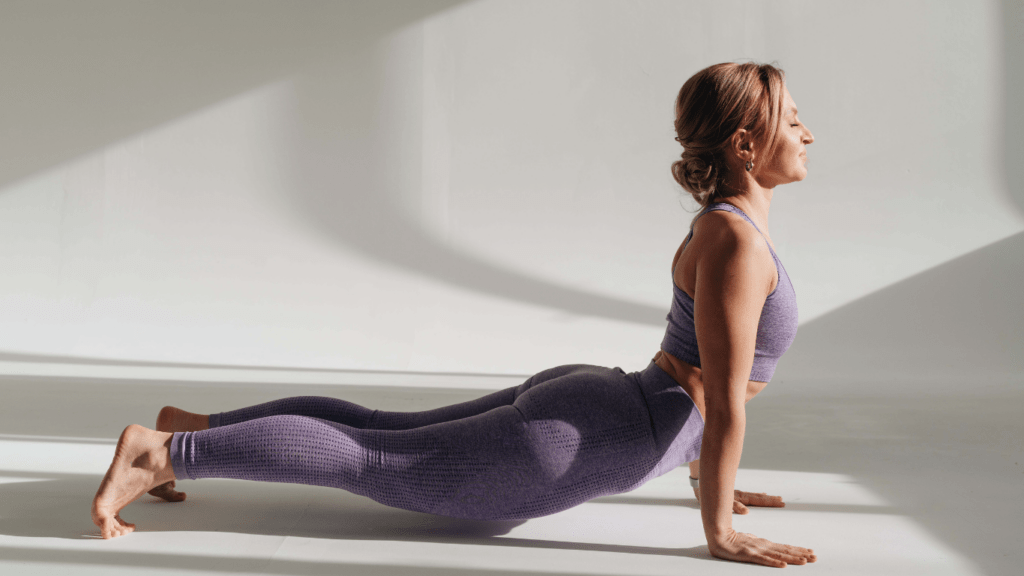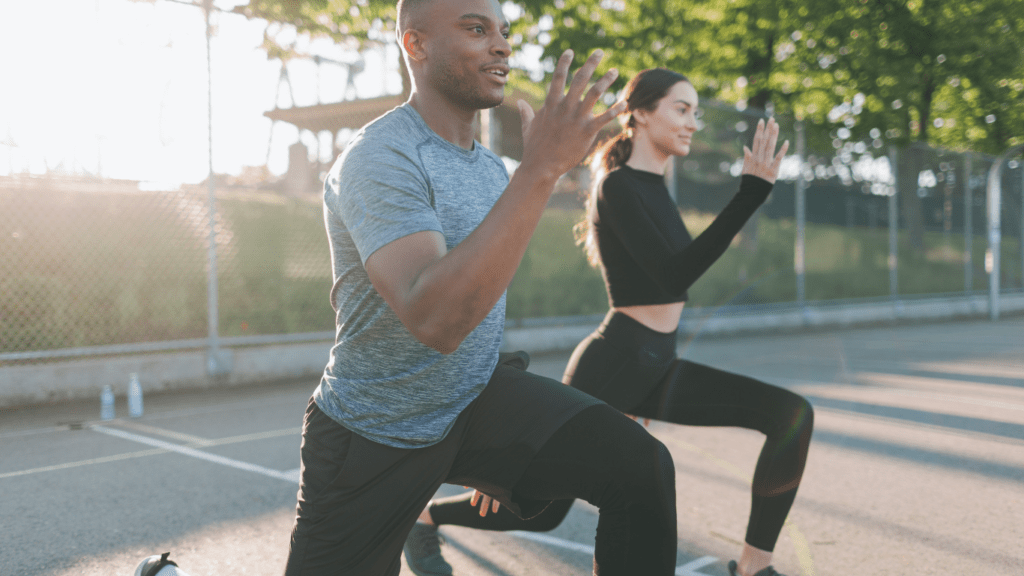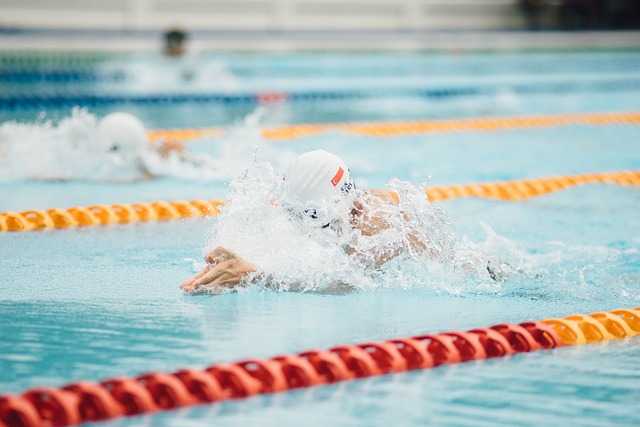As a seasoned swimmer, I understand the crucial role dryland exercises play in enhancing performance in the water. Incorporating the right dryland routine can significantly improve strength, endurance, and overall swimming technique. In this article, I’ll share some of the best dryland exercises tailored specifically for swimmers looking to take their skills to the next level.
From core-strengthening planks to explosive jump squats, these exercises target key muscle groups essential for powering through the water with efficiency and speed. Whether you’re a competitive swimmer or a recreational enthusiast, adding these dryland exercises to your training regimen can make a notable difference in your performance and injury prevention. Join me as we explore the top dryland exercises that will help you swim stronger, faster, and with improved technique.
Benefits of Dryland Exercises for Swimmers
As a swimmer, incorporating dryland exercises into my training routine has numerous advantages. Let’s delve into how these exercises can benefit swimmers in enhancing their performance.
Improved Strength and Power
Engaging in dryland exercises boosts my strength and power, translating into stronger strokes and faster swim times. Activities like resistance band training and kettlebell swings help me develop the necessary muscle strength to propel through the water with greater efficiency.
Enhanced Swimming Technique
By focusing on dryland exercises that target specific muscle groups used in swimming, such as the core, shoulders, and legs, I can refine and perfect my swimming technique. Exercises like lat pulldowns and medicine ball twists aid in improving my body positioning, stroke mechanics, and overall efficiency in the water.
Injury Prevention
One of the key benefits of integrating dryland exercises into my swim training is the reduction of injury risks. Strengthening supporting muscles through exercises like planks and stability ball exercises enhances my overall stability and balance, lowering the likelihood of injuries often associated with repetitive swimming motions.
Core Strengthening Exercises
When it comes to enhancing my swimming performance, core strengthening exercises play a crucial role. Let’s explore some key exercises that can help improve strength, power, and technique for swimmers.
Planks and Variations
Planks are a fantastic core exercise that targets multiple muscle groups simultaneously, including the abs, back, and shoulders. Side planks and reverse planks are excellent variations to work different parts of the core and improve stability in the water. By incorporating plank variations into my routine, I can build a solid foundation for better swimming efficiency and endurance.
Russian Twists
Russian twists are another effective core exercise that helps improve rotational strength essential for swimming strokes like freestyle and butterfly. This exercise targets the obliques, lower back, and hips, promoting better torso rotation and power generation during each stroke. Adding Russian twists to my dryland routine enhances my core strength and overall swimming performance.
Lower Body Exercises
When focusing on lower body exercises for swimmers, it’s essential to target muscle groups that play a crucial role in propulsion and stability while swimming. By incorporating specific exercises, swimmers can enhance their leg strength, which is vital for efficient strokes and improved performance in the water.
Squats and Lunges
I recommend including squats and lunges in your dryland routine to strengthen the quadriceps, hamstrings, and glutes. These compound exercises not only build leg strength but also improve balance and stability, essential for maintaining proper form during swimming strokes. Performing variations such as goblet squats, Bulgarian split squats, and walking lunges can help target different muscle groups and enhance overall lower body strength.
Plyometric Drills
Incorporating plyometric drills into your training can boost leg power and explosive strength, translating to more forceful kicks and faster turns in the pool. Exercises like jump squats, box jumps, and lateral bounds are excellent choices for swimmers looking to enhance their lower body explosiveness. Plyometric drills not only improve muscle power but also enhance agility and coordination, key aspects for swift and powerful movements in the water.
Upper Body Workouts
When it comes to enhancing my performance in the water, focusing on upper body workouts is key for swimmers like myself. Incorporating exercises that target the muscles needed for propulsion and stamina can significantly improve my swimming abilities. Let’s explore some effective upper body workouts to boost strength and endurance.
Push-Ups and Pull-Ups
Push-ups and pull-ups are staple exercises in my dryland routine. Push-ups engage multiple muscle groups in the arms, shoulders, and chest, helping me develop upper body strength essential for powerful strokes. Pull-ups target the back and arm muscles, enhancing my pulling motion for improved speed and efficiency in the water. By including these bodyweight exercises in my training, I can build a solid foundation for a strong and resilient upper body.
Resistance Band Exercises
Incorporating resistance band exercises into my dryland training has been instrumental in diversifying my workout routine. These versatile bands provide adjustable resistance to target specific muscle groups, such as the shoulders, back, and arms. Exercises like resisted rows, chest presses, and lateral raises help me strengthen my upper body while simulating swimming motions. The constant tension from resistance bands challenges my muscles and improves my overall muscular endurance, translating to enhanced performance in the pool.
By incorporating push-ups, pull-ups, and resistance band exercises into my dryland workouts, I can effectively strengthen my upper body, improve my swimming technique, and boost my performance in the water. These workouts contribute to a well-rounded training regimen that enhances both strength and endurance, essential for achieving success as a swimmer.
Flexibility and Mobility Training

To enhance swimming performance, incorporating flexibility and mobility training is crucial. It helps prevent injuries, improves range of motion, and enhances overall athletic performance in the water.
Stretches for Swimmers
Stretching is vital for swimmers to maintain flexibility and prevent muscle tightness. Here are some effective stretches specifically beneficial for swimmers:
- Arm Circles: A simple yet effective stretch to loosen up the shoulders and improve flexibility.
- Hamstring Stretch: Essential for swimmers to maintain flexible leg muscles for powerful kicks.
- Quadriceps Stretch: Helps in maintaining flexibility in the thigh muscles, crucial for strong leg movements.
- Trunk Rotations: Improve spine flexibility, aiding swimmers in better torso rotation during strokes.
- Hip Flexor Stretch: Ensures flexibility in the hips, vital for efficient kicking and body position in the water.
- Downward Dog: Strengthens the shoulders and core, promoting better body alignment in the water.
- Warrior II: Enhances leg strength and stability, crucial for powerful kicks and streamlined body position.
- Cobra Pose: Opens up the chest and shoulders, beneficial for swimmers to maintain proper posture and breathing.
- Child’s Pose: A relaxing stretch for the back and hips, aiding in muscle recovery after intense swim sessions.
- Tree Pose: Improves balance and concentration, essential for maintaining a steady body position while swimming.


 is a dedicated fitness enthusiast with a deep-seated passion for swimming and holistic health. Leveraging her extensive background in competitive swimming and personal training, she provides readers with expert advice on optimizing their workouts and enhancing their overall well-being. Kiara's writing stands out for its blend of motivation and practical tips, making complex fitness concepts accessible and actionable. She is committed to helping individuals of all levels reach their fitness goals by promoting a balanced approach to exercise and nutrition. In her articles on Swim Fast Stay Fit, Kiara shares her personal experiences, training techniques, and strategies for overcoming common fitness challenges, inspiring others to lead healthier and more active lives.
is a dedicated fitness enthusiast with a deep-seated passion for swimming and holistic health. Leveraging her extensive background in competitive swimming and personal training, she provides readers with expert advice on optimizing their workouts and enhancing their overall well-being. Kiara's writing stands out for its blend of motivation and practical tips, making complex fitness concepts accessible and actionable. She is committed to helping individuals of all levels reach their fitness goals by promoting a balanced approach to exercise and nutrition. In her articles on Swim Fast Stay Fit, Kiara shares her personal experiences, training techniques, and strategies for overcoming common fitness challenges, inspiring others to lead healthier and more active lives.
